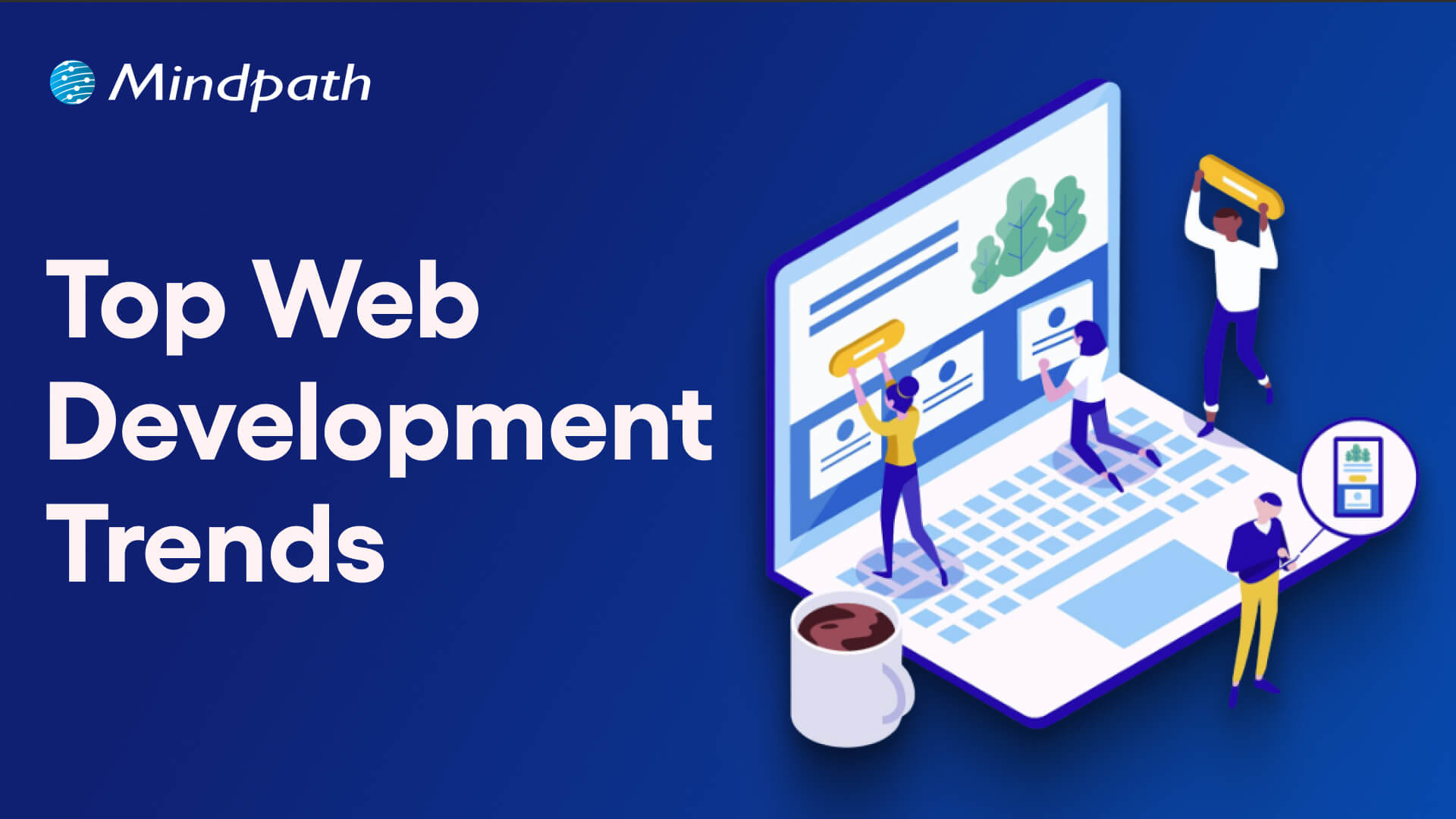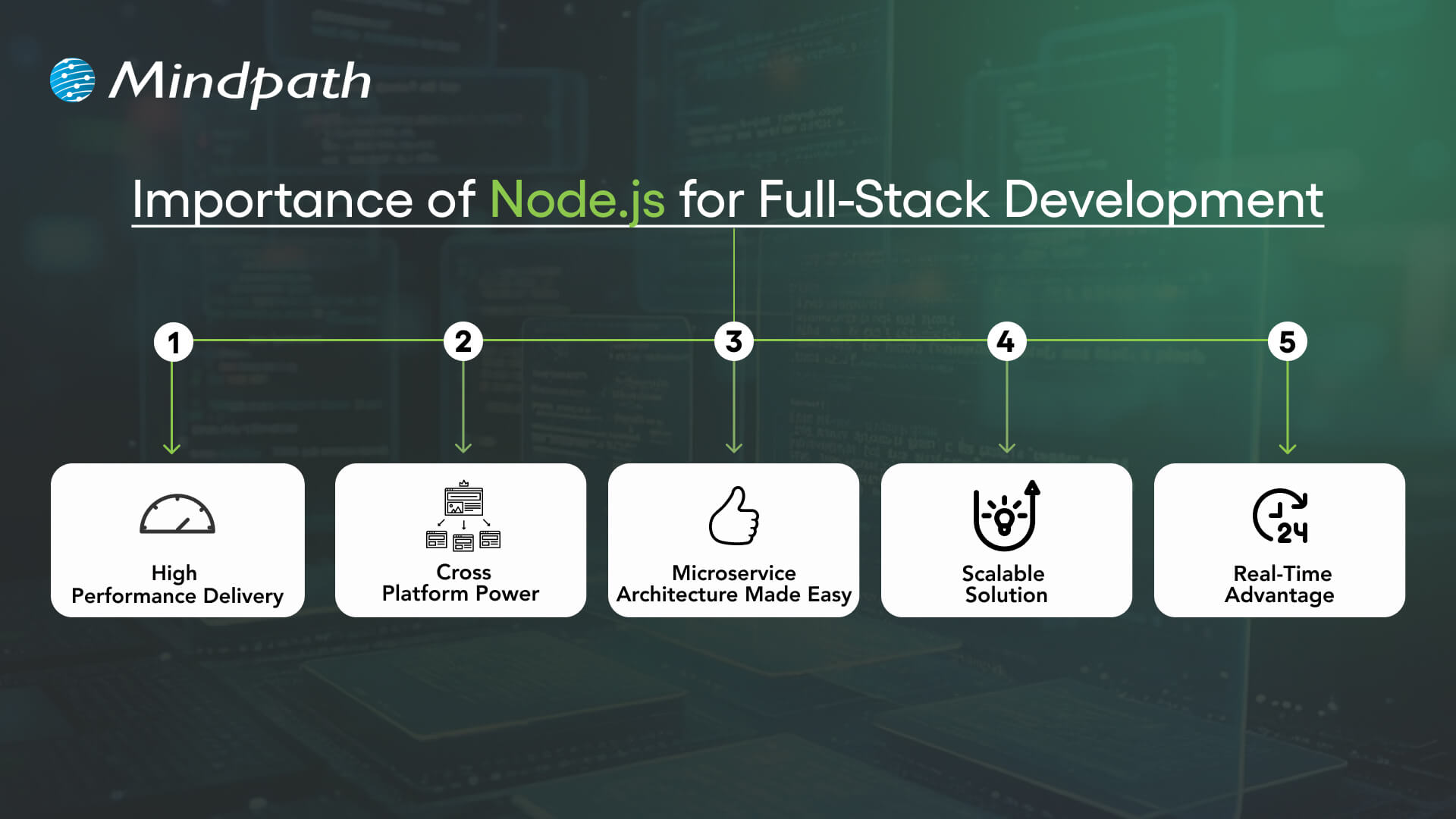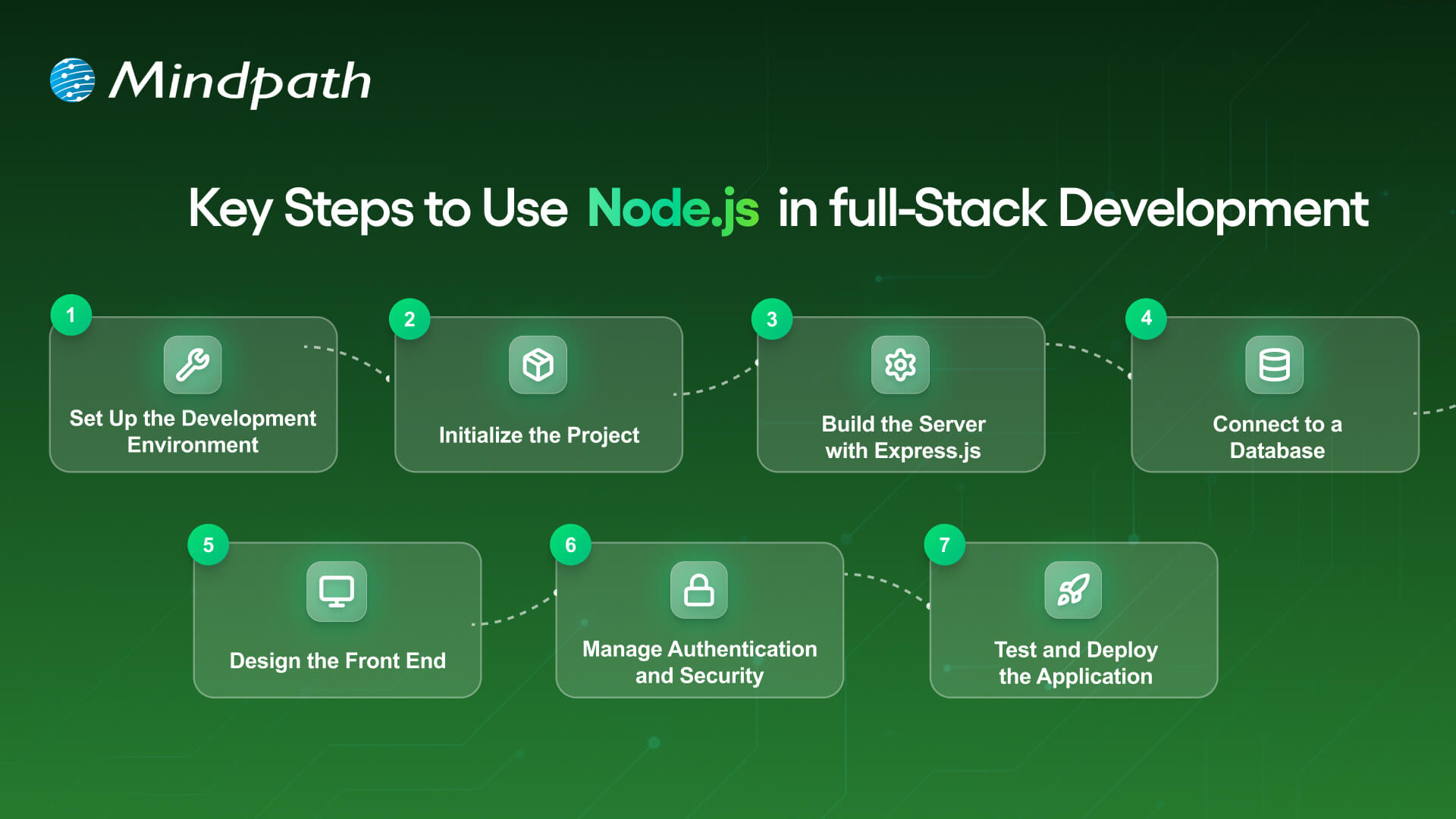Are you facing challenges in scaling your projects effectively? What if you could quickly expand your team with specialized IT professionals, tailored to your project needs? IT staff augmentation offers a powerful solution to enhance your project scalability. By bringing in external experts, you can adapt to changing demands, accelerate timelines, and ensure your projects achieve their full potential. Curious about how this approach can transform your project outcomes? In this blog, we will explore the impact of IT staff augmentation on scalability.
Scalability indicates that a system or process can handle additional work without slowing down or sacrificing quality. When it comes to software development and IT, staff augmentation can help projects scale up. With staff augmentation, a project can grow and adapt to meet new demands or obstacles. Scalability is the capacity of a project to grow or decrease in response to the needs of the business. A scalable project can accommodate extra tasks, users, data, and features without requiring significant modifications to its core structure. This implies that scalability enables a project to expand and adapt alongside the business, allowing it to remain competitive and achieve its objectives.
So, let’s dig in to explore how IT staff augmentation transforms project scalability!
How IT Staff Augmentation Transforms Project Scalability
1. Immediate Access to Skilled Professionals
Staff augmentation allows businesses to quickly and easily hire exceptional workers with specialized skills and knowledge. This is especially useful when firms need to upgrade their operations or handle increased workloads. With staff augmentation, businesses can bring in professionals who understand the specific procedures or methodologies necessary for a project, allowing them to hire the appropriate people at the right time.
Quick access to skilled labor has a significant influence on project scalability. It enables businesses to simply add more team members or resources as a project expands or cut them when things slow down. For example, if a firm suddenly needs extra developers or engineers for a project, they can use it rapidly through staff augmentation, bypassing the lengthy hiring procedure.
Once the project is completed, they can swiftly reduce back without the hassle of layoffs or long-term commitments. This adaptability guarantees that businesses can complete their projects faster and more efficiently. Instead of battling to recruit the proper personnel or straining their existing team too thin, staff augmentation offers a straightforward approach to expand teams and resources based on business objectives, allowing projects to go easily and without delay.
2. Cost-Efficient Project Scaling
Cost-effective scaling enables businesses to develop their initiatives without incurring significant or unneeded costs. When a project requires more resources, such as more developers, designers, or industry experts, staff augmentation can be an effective alternative. Instead of recruiting full-time personnel, which can result in long-term fixed expenditures such as salary, benefits, and training, staff augmentation offers a more flexible and cost-effective solution for meeting project objectives.
Staff augmentation allows businesses to recruit experienced specialists such as software engineers, graphic designers, and data analysts based on the project’s unique requirements. For example, if a project unexpectedly requires extra developers to fulfil a deadline or specialists in a specialized industry, the firm might bring them on board temporarily. Once the project is over, these specialists can be discharged, allowing the organization to reduce its resource requirements without making long-term commitments.
This technique is cost-effective since it alleviates the financial burden associated with recruiting permanent staff, such as onboarding, training, and benefits. Companies may successfully manage their budgets while ensuring that they have the required skills to expand their projects by only paying for services as needed. Staff augmentation is a flexible, scalable approach that enables firms to fulfil project objectives without stretching their budget.
3. Flexible Resource Management
Flexible resource allocation is one of the most significant benefits of IT staff augmentation. As project goals and demands shift, or new obstacles arise, staff augmentation enables businesses to seamlessly manage their teams and resources. This flexibility allows project managers to bring in the right individuals at the right time, based on the project’s current requirements.
For example, if a project unexpectedly requires extra developers or specialized specialists, staff augmentation allows you to swiftly add those people to the team. If the project completes a phase or a job, the excess team members can be released or reallocated, ensuring that the organization is not overstaffed. This flexibility implies that the team’s size and expertise can change as the project progresses, ensuring that the project remains on track and achieves its deadlines.
Staff augmentation assists businesses in adapting to shifting needs by efficiently assigning personnel without wasting time or money. It enables more efficient project execution by allowing you to alter team size and capabilities to fit the project’s specific timetable and requirements.
4. On-Demand Specialized Expertise
Specialized expertise on demand is a significant advantage of staff augmentation. It enables businesses to bring in specialists with specialized skills and knowledge as needed for a project. These professionals can make significant contributions, whether by addressing complicated problems, bringing advanced technical skills, or proposing new ways to improve the project.
Access to these specialized individuals allows existing team members to learn and improve. Working with these specialists can provide them with new abilities and insights, which can help them perform better overall. This exchange of expertise benefits the team in the long term. Furthermore, this expertise is especially useful when a project encounters dangers or problems. Their knowledge enables them to promptly resolve issues or manage any technological obstacles that can hinder the process. This guarantees that the project will continue to develop and flourish without severe disruptions, allowing the business to fulfil its objectives.
Staff Augmentation Services at Mindpath
1. Dedicated Development Teams
We can provide you with experienced developers, integral parts of your team, to help with supplementary expertise and faster projects’ timeframes. Our developers blend in perfectly, ensuring smooth collaboration and delivery of results.
2. Legacy Modernization
We can upgrade and modernize your old technology so that it can work with the best standards of today. We provide services such as an assessment of your existing systems, technology upgrade, data migration, and performance enhancements.
3. Architectural Consultation
We consult on the design of robust and scalable software systems. Whether you are kicking off a new project or looking to better existing systems, we will help you build a solid ground and choose the best-suited technology for your needs.
Final Thought!
IT staff augmentation is a powerful way to boost project scalability by providing quick access to skilled professionals, flexible resource management, cost-effective scaling, and specialized expertise on demand. With these benefits, businesses can efficiently adapt to changing project demands and achieve their goals without the long-term commitments of hiring full-time staff. At Mindpath, we offer tailored staff augmentation solutions to help companies scale and succeed with ease. Whether you need dedicated teams, legacy modernization, or architectural consultation, Mindpath is here to support your growth and success.
Ready to scale your projects effectively?
Partner with Mindpath today to explore our IT staff augmentation solutions and unlock your project’s full potential!












